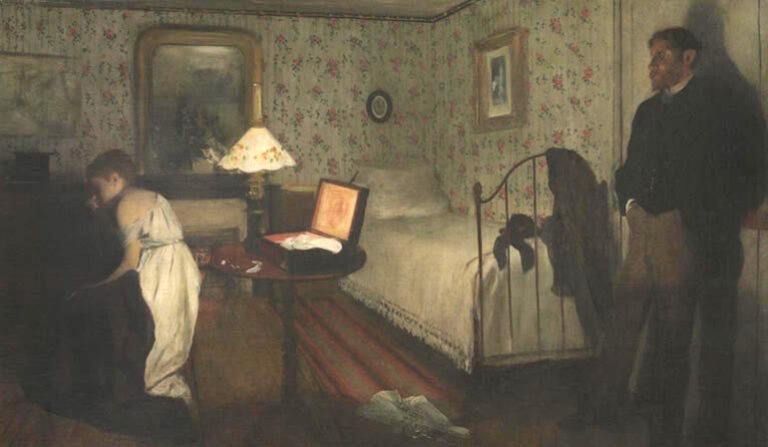The Best Poem I Read This Month: “A performance for intimate space with strangers” by Saretta Morgan
Saretta Morgan participates in “text-based writing,” and currently attends the interdisciplinary graduate writing program at Pratt Institute. Additionally, she’s a member of the Belladonna* Collective, a feminist avant-garde group founded in New York City. These affiliations begin to orient lenses and traditions through which to read her work; but “begin” is the operative word here, as I believe Saretta Morgan’s work doesn’t simply continue any one mode of writing, but works to permutate the orderings, genres, and possibilities for how text can function. In the past two years, I’ve been following her work, both critical and creative, as it’s published online, and am pleased today to link to one of her recent works through the Ploughshares blog.
Saretta Morgan’s newest untitled piece, recently published by TAGVVERK, records seven days in late 2015-early 2016 on eight closed “window shades” that serve as tablets. The text—simultaneously diary, day-keeper, “(A performance for intimate space with strangers),” catalogue, poem—looms forward by providing a series of peaks: its entirety features a few phrases or sentences per “slide,” and a black background becomes foregrounded by making up the majority of the space. Flipping Zora Neale Hurston’s “I feel most colored when I am thrown against a sharp white background” by charging the typically all-white page with black backdrops and white text, Saretta Morgan also invokes Hortense Spillers’s piece “Mama’s Baby, Papa’s Maybe: An American Grammar Book” to think through black womanhood, black feminism, and black motherhood. Morgan finishes this “performance for intimate space with strangers” with the claim: “This is a stage populated by white people throwing shit around if I say so.” Therefore, the page becomes a stage, in its representation and its critique: Morgan’s piece confronts personal and public articulations of blackness and daily entries of facts translated into theories and back again, as fragments of living.
On the second slide or “window shade,” Morgan writes: “morphological commemorative spaces.” These three words offer up one iteration of reading the piece and its poetics: its spaces are continually subject to change, and demand a reviewing, re-orientation, and re-reading in their morphologies, both on a linguistic/grammatical level (as in “1.1.2016 / open(ing) of a hospital gown / -ering”) and within the structures of reading and racialized assemblages, to borrow a term from Alexander Weheliye. Moreover, the commemoration of the spaces relates a dual mothership: there is “my mother eating only ice” on 12.16.2015, and the two citations of Hortense Spillers. Spillers is, at once, the author of the annotated copy of “Mama’s Baby” carried around in the speaker’s purse for “two months,” and also the speaker throughout the lecture “The Idea of Blackness” hyperlinked six times on the second slide, under the date “11.15.2015.” By writing through the second source, as it is “transcribed [for the] first 7 minutes and 35 seconds,” and annotating the book, Morgan’s text underscores a black scholarly performance that is also personal in its direction. The annotated “Mama’s Baby” is kept in the personal space of the speaker’s purse: all the while, a hospital scene generated, perhaps, by “11.26.2015 What my mother dreamt while fasting,” becomes ongoing, at the same time underlying and overlaying the writing with Spiller the speaker provides. It is this dualistic gap—or “mind/body problem”—that the piece so often seeks to close, or at least bring close with tension. That when we do scholarship or study, we never just work in the academy or choose the places where we can create our articulations. Our days, our writings, overflow.
The text, due to its layout and phraseology built from the penultimate statements: “Some days a series of facts / Some days the articulation of an imagined future,” often twists obliquely, obscurely, a fragmented formation that performs an intimacy so close a “stranger” doesn’t entirely complete the “theory,” the “findings,” or “soggy napkins and shredded take-out containers” in a single or even a few readings. But the reverberations and resonances Saretta Morgan generates in this piece—launching through modes of performance, text-image, consumption, sickness, blackness, motherhood, the scholarly—at the very least provide “-ering,” a small suffix I interpret as active with its front gone missing: an incomplete, though firm, energy that requires its reading to further investigate the sources employed by the writer and challenge easy opportunities of understanding by listening to the speaker’s “if I say so.”

